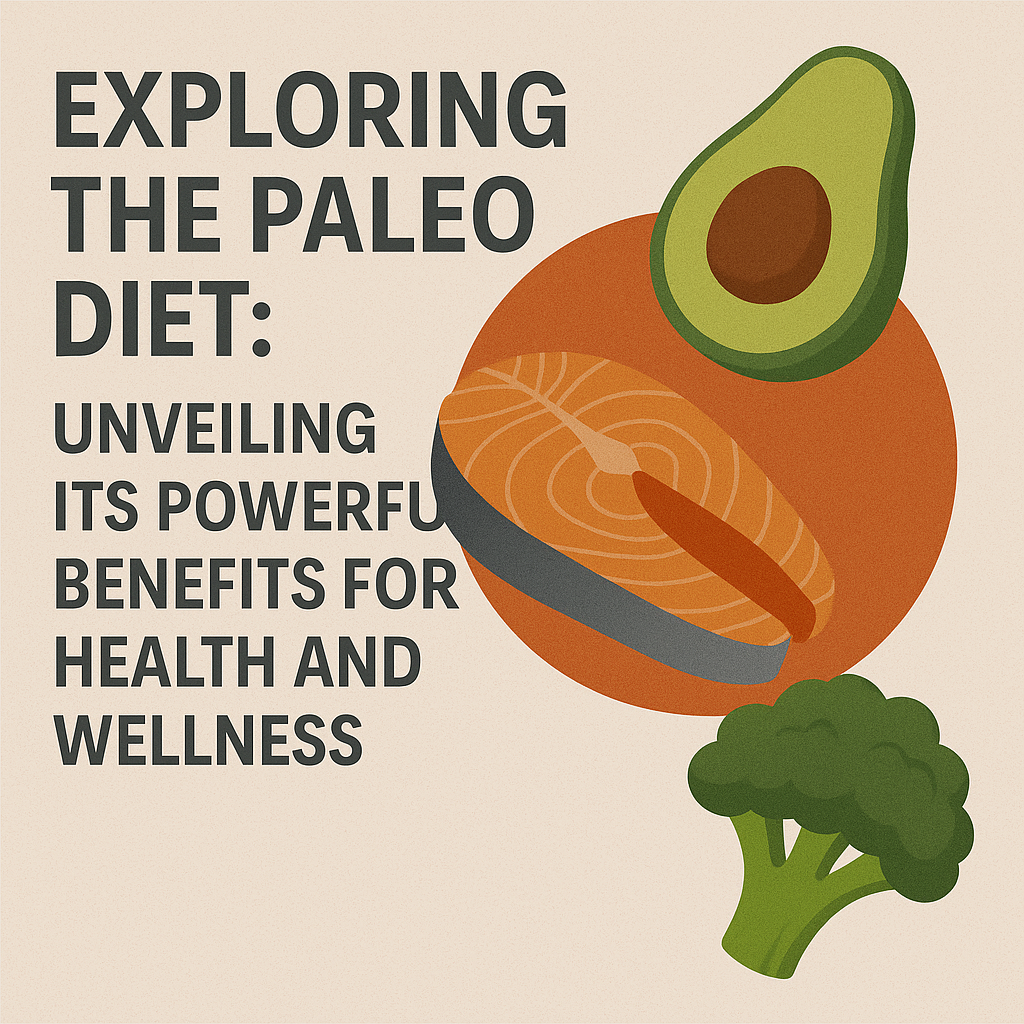Exploring the Paleo Diet: Unveiling Its Powerful Benefits for Health and Wellness
Discover what makes the Paleo Diet more than just a trend—it’s a blueprint for vibrant living and long-term well-being.

1️⃣ Nutrient-Dense Whole Food Fuel
The Paleo Diet is built on real, nutrient-rich foods—pasture-raised meats, wild fish, vibrant veggies, fruit, nuts, seeds, and healthy fats like grass-fed ghee and avocado oil.
- Why it matters: Whole foods are naturally loaded with vitamins, minerals, and antioxidants—without added sugars or processing.
- Pro tip: Cook your meals with clean fats like 4th & Heart Grass‑Fed Ghee or Chosen Foods Avocado Oil.
Want to dig deeper? Check out What Does a Paleo Diet Mean? to understand the fundamentals.
2️⃣ Stable Blood Sugar & Sustained Energy
By cutting out refined carbs and processed sugars, Paleo helps maintain steady blood sugar levels, reducing crashes and hunger swings.
- Smart swaps: Try Bare Baked Apple Chips for sweet cravings and balanced macros.
- Daily habits: Snack strategically with CHOMPS Grass‑Fed Beef Sticks or RXBARs.
To build a full picture, explore Low‑Carb Paleo Diet Food List for balanced meal guidance.
3️⃣ Anti-Inflammatory & Gut-Supportive
Paleo minimizes inflammatory seed oils and processed foods, while emphasizing anti-inflammatory fats and gut-nourishing broth.
- Daily rituals: Sip on Kettle & Fire Bone Broth and add gut support with Garden of Life Primal Defense Ultra Probiotic.
- Superfood bonus: Blend Amazing Grass Greens Blend Superfood into smoothies for extra antioxidants.
Want a scientific overview? Our article on The Science Behind the Paleo Diet dives into the research.
4️⃣ Supports Hormonal & Mental Health
A nutrient-rich, anti-inflammatory diet can enhance hormone balance, mood, and cognitive clarity.
- Fat fuel: Healthy fats like avocado and ghee support brain health.
- Protein variety: Include wild-caught salmon and pasture eggs (Vital Farms) for B vitamins and omega-3s.
See why many say Why the Paleo Diet Is the Best for mental clarity and emotional well-being.
5️⃣ Functional Performance & Recovery
Paleo naturally supports muscle repair, exercise recovery, mood balance, and overall vitality.
- Supplement power: Add Vital Proteins Collagen Peptides for joint health or Ancient Nutrition Bone Broth Protein post-workout.
- Prep tools: Use an Instant Pot Duo to make shredded chicken, soups, or broth in one go.
If you love structure, check out our 30-Day Paleo Meal Plan for easy, energy-boosting recipes.
6️⃣ Flexible, Sustainable, Lifestyle-Friendly
Perhaps the most significant benefit is Paleo’s adaptability—it works with families, travel, social events, and long-term habits.
- Snack stock: Keep Artisana Almond Butter, Terrasoul Medjool Dates, and bare chips nearby.
- Sustainable cooking: Use non-toxic cookware like Lodge Cast Iron Skillet and glass storage like Prep Naturals.
Made mistakes before? Review Top Paleo Diet Mistakes to keep growing stronger.
🗣️ Final Takeaway
Exploring the Paleo Diet reveals a holistic, empowering way of living—one rooted in real food, stable energy, mental clarity, and gut health. It’s not just eating—it’s living better.
